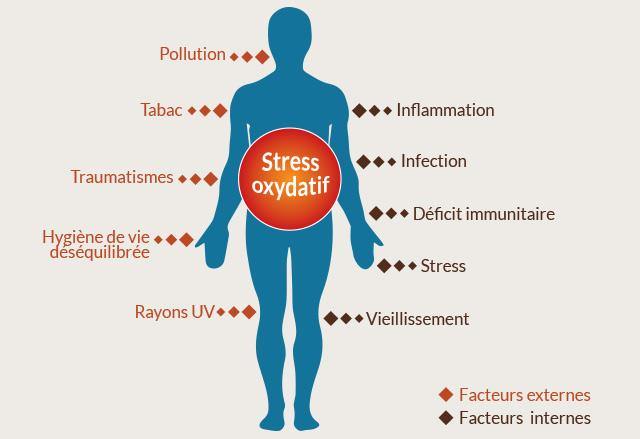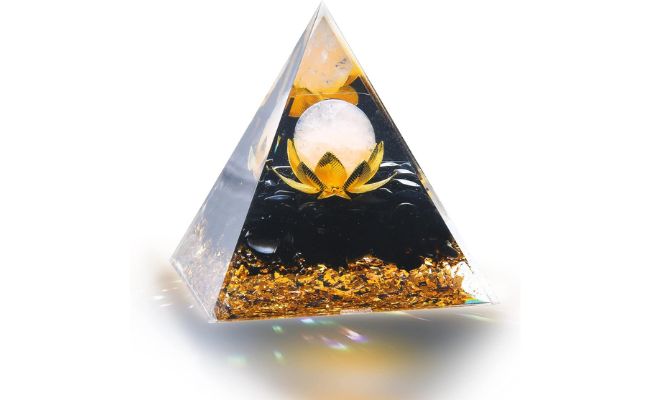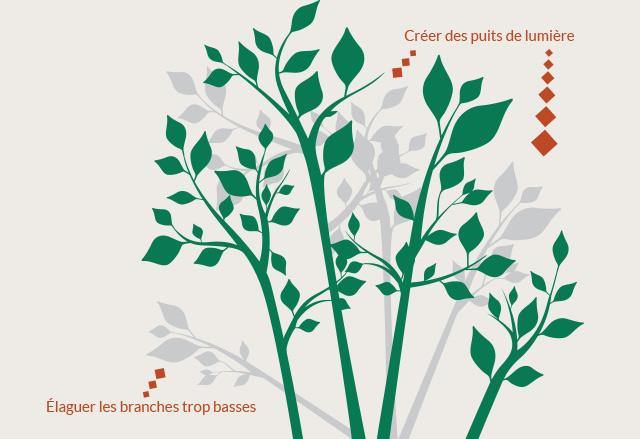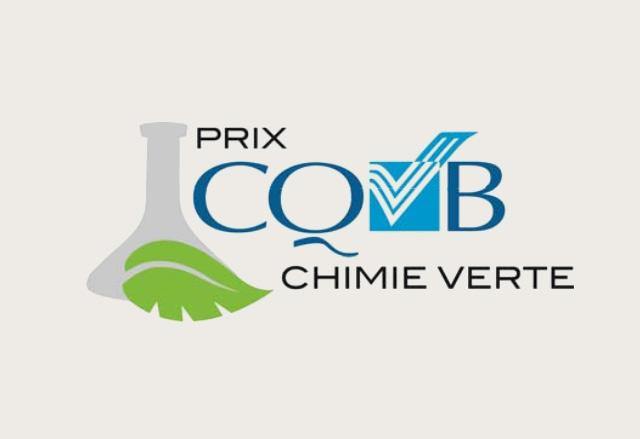
Free Radicals and Oxidative Stress
A- What Are « Free Radicals » ?
Free Radicals are unstable molecules of our metabolism that are part of the reactive oxygen species (ROS) produced during the reduction of water into 2 en O2. Primary EROs are mainly superoxide anions (O2•-), hydrogen peroxide (H2O2) and hydroxyl radical (OH•). Free radicals and other EORs are for the most part trapped and transformed into inactive substances by antiradical and antioxidant agents in a young organism. Unfortunately, this line of defense for the organism, which is made up of enzymes (superoxide dismutase, glutathione peroxidase, catalase, glutathione transferase) and of antioxidants, loses effectiveness over time [1].
When our organism has too many free radicals, it is called oxidative stress. Concentration of those reactive species increases drastically after exposure to UV radiation, chemical products, tobacco or pollution. They then attack the lipids that make up cellular membranes (lipid peroxidation), our precious DNA [2], sugars and proteins.
B- Oxidative Stress Is Involved in Many Pathologies…
Many studies have highlighted the role of oxidative stress in the mechanisms of several pathologies. Oxidative stress and, by extension, reactive oxygen or nitrogen species (ROS/RNS) contribute to the development of cardiovascular disease [3][4], pulmonary disease [5][6], gastric ulcers [7][8][9], and of arthritic problems [10]11]12]. In those pathologies, reactive species involved in the inflammatory process are responsible for degeneration and chain reactions.
This is how many diseases such as cancers, cardiovascular disease, diabetes and degenerative disease are linked to oxidation and to the aging process. Lipid peroxidation, causing severe damage at the cellular membrane level, is involved in the aging of cells and in various diseases, such as Parkinson’s and Alzheimer’s diseases as well as in schizophrenia, atherosclerosis, inflammatory disease and cardiac damage caused by ischemia reperfusion. The increase in permeability caused by the oxidation of lipids and of proteins’ membranes can disrupt ion gradients and therefore change the metabolic processes. [13]. Oxidative damage increase with age and contribute considerably to somatic cells degeneration and to pathogenesis of those diseases.[14].
[1] Laguerre M, Lecomte J, Villeneuve P. (2007) Evaluation of the ability of antioxidants to counteract lipid oxidation: Existing methods, new trends and challenges. Progression in Lipid Research. 46(5):244-82.
[2] Ashok BT, Ali R. (1999) The aging paradox: free radical theory of aging. Exp Gerontol. 34(3):293-303.
[3] Huang C-H, Chen H-W, Tsai M-S, Hsu C-Y, Peng R-H, Wang T-D, et al. (2009) Antiapoptotic Cardioprotective Effect of Hypothermia Treatment Against Oxidative Stress Injuries. Acad Emerg Med. 16(9):872-80.
[4] Lee Y, Gustafsson AB. (2009) Role of apoptosis in cardiovascular disease. Apoptosis. 14(4):536-48.
[5] Martinez-Cayuela M. (1995) Oxygen free radicals and human disease. Biochimie.77(3):147-61.
[6] Menzel DB. (1992) Antioxidant Vitamins and Prevention of Lung Disease. Ann N Y Acad Sci. 669(1):141-55.
[7] Das D, Bandyopadhyay D, Bhattacharjee M, Banerjee RK. (1997) Hydroxyl Radical is the Major Causative Factor in Stress-Induced Gastric Ulceration. Free Radic Biol Med. 23(1):8-18.
[8] Das D, Bandyopadhyay D, Banerjee RK. (1998) Oxidative Inactivation of Gastric Peroxidase by Site-Specific Generation of Hydroxyl Radical and Its Role in Stress-Induced Gastric Ulceration. Free Radic Biol Med. 24(3):460-9.
[9]Oh T-Y, Lee J-S, Ahn B-O, Cho H, Kim W-B, Kim Y-B, et al. (2001) Oxidative damages are critical in pathogenesis of reflux esophagitis: implication of antioxidants in its treatment. Free Radic Biol Med. 30(8):905-15.
[10] Schiller J, Fuchs B, Arnhold J, Arnold K. (2003) Contribution of Reactive Oxygen Species to Cartilage Degradation in Rheumatic Diseases: Molecular Pathways, Diagnosis and Potential Therapeutic Strategies. Curr Med Chem. 10(20):2123-45.
[11] Cuzzocrea S. (2006) Role of Nitric Oxide and Reactive Oxygen Species in Arthritis. Curr Pharm Des.12(27):3551-70.
[12] Afonso Vr, Champy R, Mitrovic D, Collin P, Lomri A. (2007) Radicaux libres dérivés de l'oxygène et superoxydes dismutases: rôle dans les maladies rhumatismales. Revue du Rhumatisme.74(7):636-43.
[13] Halliwell B. (1992) Reactive oxygen species and the central nervous system. J Neurochem. 59(5).
[14] Scalbert A, Manach C, Morand C, Rémésy C, Jiménez L. (2005) Dietary polyphenols and the prevention of diseases. Crit Rev Food Sci Nutr. 45:287-306.





